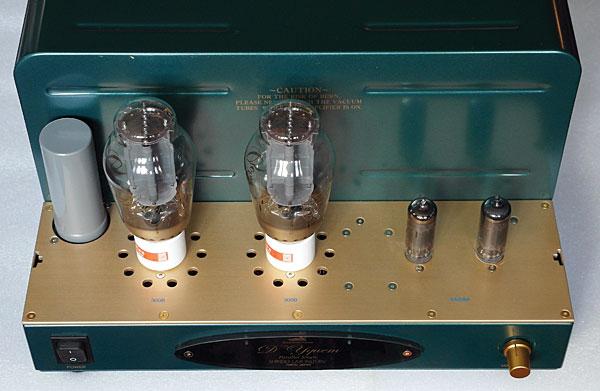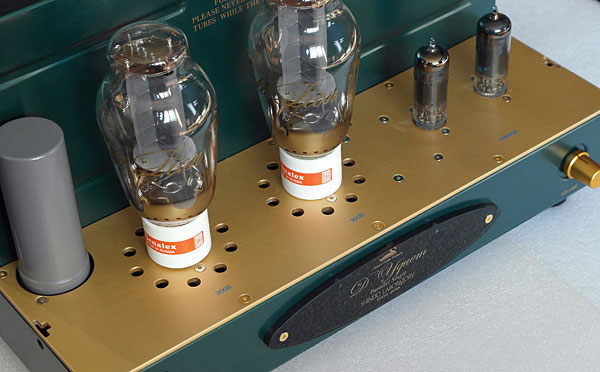| Columns Retired Columns & Blogs |
What a deluded and generally insane opening few paragraphs. Clearly you are no philosopher, Mr [Dudley] (puerile insult deleted by John Atkinson].
It's got nothing to do with audio engineers that today's audio is where you say it is. It has more to do with people like YOU, Mr [Dudley].
I know car enthusiasts who drive 1950's and 60's Alfa Romeo's around, proclaiming how much more soul they have than modern vehicles, and how they hate to drive modern vehicles. They wail about no progress in auto engineering, or progress in the wrong areas. These people are YOUR soulmates, Mr [Dudley]. I bet they look across at our hobby and clearly see the wonderful progress in audio engineering, and and they look back to their beloved cars and philosophically ask why cars didn't start flying 30 years ago, like we did with digital audio. Meet your mirror, Mr [Dudley].
When you write about what "the majority of engineers in today's audio industry put their greatest efforts behind ", I realise that you have probably never met a real audio engineer, nor have a clue what they do or what they are working on. You seem to be so disconnected from everything audio (apart from the retro-luddite arm, and the products of marketing psychology applied to the high end market) that you think backwards is forwards, up is down, and the sky is never blue. This article, and it is not alone in your output, is a litany of lies, proclaimed as truth, as absolute truth in fact. Your articles resemble nothing as much as they resemble a TV evangelist, loved and adored by his fans, derided and ridiculed by everyone else.
This magazine is a case in point. I remember about 20 to 25 years ago, Stereophile magazine was reporting on multichannel audio, led by articles by erstwhile visionaries like Holt. Then suddenly that disappeared from the pages and we were back in the 40's: it had to be 2 channels only. Was this change driven by a realisation that multi channel audio is worse or no better? Not a chance: magazine content is driven by advertisers and commercial business boards. Then about 10 to 15 years ago, Stereophile was reporting on room and speaker correction (was it Greene?), then poof! Gone! Because it doesn't work? Not a chance: magazine content is driven by advertisers and commercial business boards. Instead, the magazine brought in columnists like Fremer and Dudley. I rest my case!













































